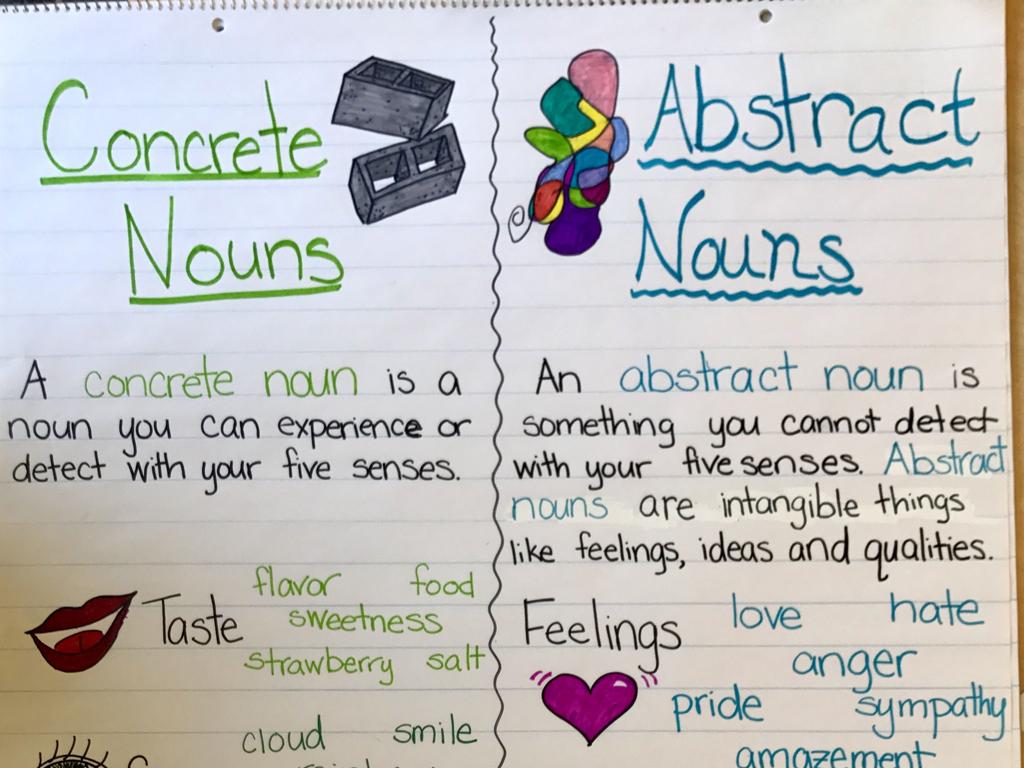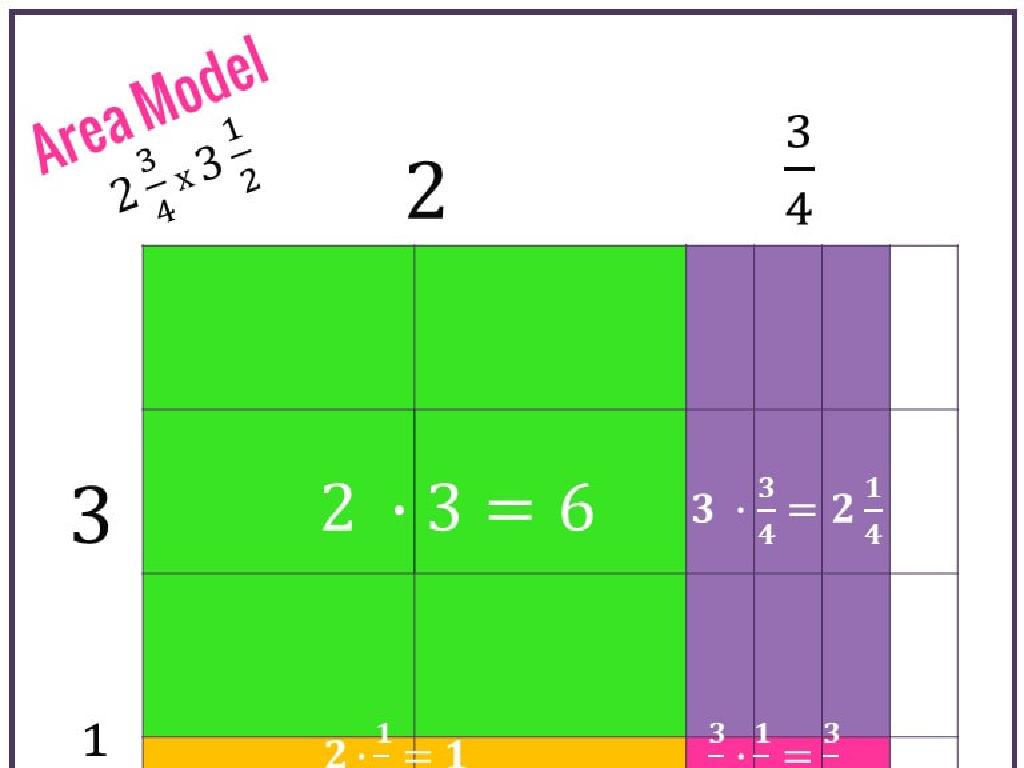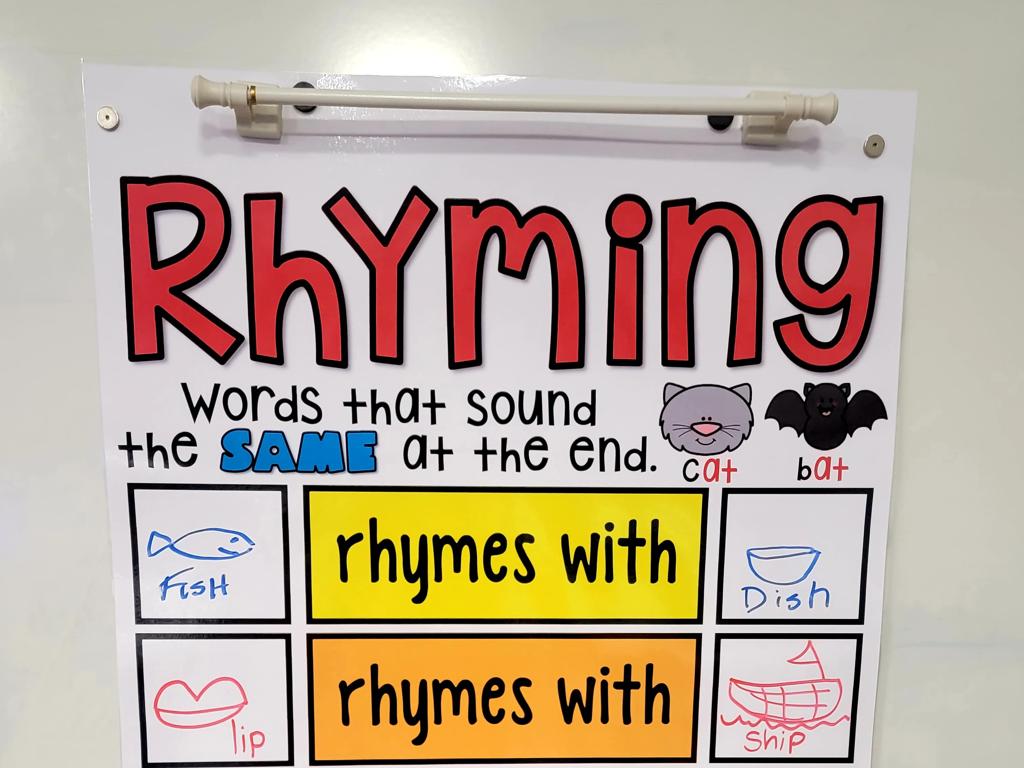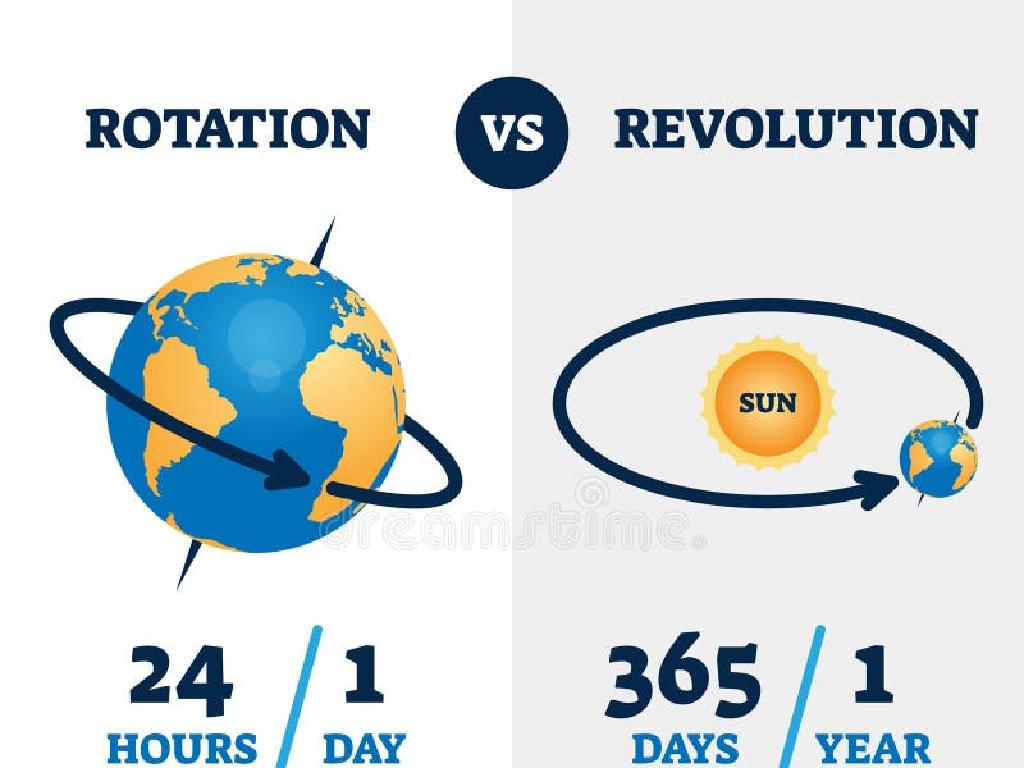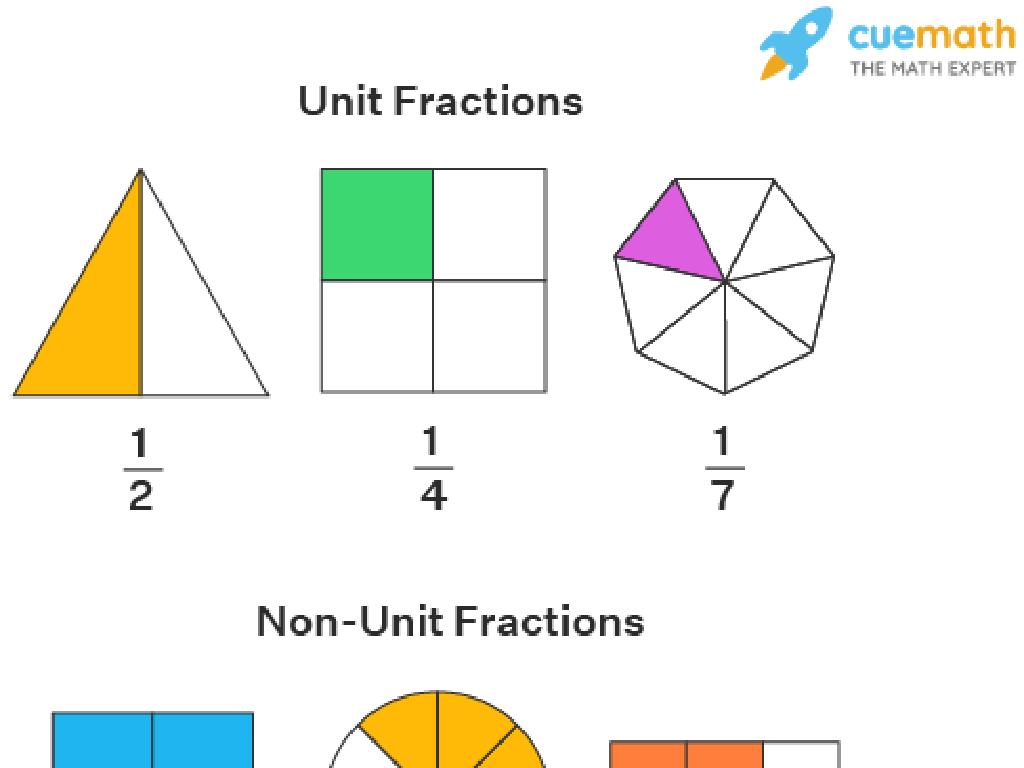Use The Correct Frequently Confused Word
Subject: Language arts
Grade: Sixth grade
Topic: Editing And Revising
Please LOG IN to download the presentation. Access is available to registered users only.
View More Content
Choosing the Right Word: There, Their, They’re
– Importance of precise word choice
– Confused words: there, their, they’re
– ‘There’ refers to a place, ‘their’ shows possession, ‘they’re’ is short for ‘they are’.
– Impact of correct word usage
– Using the right word ensures clear communication.
– Practice makes perfect
– We’ll do exercises to master these words.
|
This slide introduces the concept of frequently confused words, emphasizing the importance of choosing the correct word to convey clear meaning in writing. Students will learn about homophones words that sound the same but have different meanings and spellings, such as ‘there,’ ‘their,’ and ‘they’re.’ It’s crucial for students to understand the context in which to use each word correctly to avoid confusion and to make their writing more precise and effective. To reinforce this lesson, students will engage in practice exercises where they will apply their understanding of these words in sentences. Encourage students to think of additional examples and to always proofread their work for these common mistakes.
Mastering Confusing Words: There, Their, They’re
– ‘There’ indicates a place
– Example: Look over there, where the dog is playing.
– ‘Their’ shows possession
– Example: Their dog loves to play in the park.
– ‘They’re’ is a contraction for ‘they are’
– Example: They’re going to take their dog to the park.
– Examples to demonstrate correct usage
|
This slide aims to clarify the differences between ‘there,’ ‘their,’ and ‘they’re,’ which are often confused in writing. ‘There’ is used to refer to a place or location. ‘Their’ is a possessive adjective, indicating that something belongs to ‘them.’ ‘They’re’ is a contraction of ‘they are’ and should only be used as such. Provide clear examples for each word to illustrate proper usage. Encourage students to create their own sentences using these words correctly and to be mindful of the context when choosing which word to use. This will help them avoid common mistakes and improve their writing skills.
Understanding ‘Your’ vs. ‘You’re’
– ‘Your’ shows possession
– It indicates something belongs to you, e.g., ‘Is this your book?’
– ‘You’re’ means ‘you are’
– It’s a contraction for ‘you are’, e.g., ‘You’re going to love this game!’
– Examples of ‘your’ in sentences
– Examples of ‘you’re’ in sentences
|
This slide aims to clarify the difference between ‘your’ and ‘you’re’ to help students avoid common mistakes. ‘Your’ is a possessive adjective, used to describe something as belonging to the person being addressed. ‘You’re’ is a contraction of ‘you are’ and is used accordingly. Provide clear examples for both words in sentences to illustrate their proper use. Encourage students to create their own sentences using ‘your’ and ‘you’re’ to reinforce their understanding. A good tip is to remind them that if they can replace the word with ‘you are’ and the sentence still makes sense, then ‘you’re’ is the correct choice.
Understanding ‘Its’ vs. ‘It’s’
– ‘Its’ indicates possession
– Example: The dog wagged its tail.
– ‘It’s’ is a contraction for ‘it is’ or ‘it has’
– Example: It’s been raining all day.
– Examples of ‘its’ in sentences
– Examples of ‘it’s’ in sentences
|
This slide aims to clarify the confusion between ‘its’ and ‘it’s’. ‘Its’ is the possessive form of ‘it’, used when something belongs to or is a part of something else. For example, ‘The cat licked its paw.’ On the other hand, ‘it’s’ is a contraction that stands for ‘it is’ or ‘it has’, such as in ‘It’s a beautiful day’ or ‘It’s got a powerful engine’. To ensure students grasp the difference, provide them with clear examples and have them create their own sentences using both ‘its’ and ‘it’s’. Encourage them to read their sentences aloud to check if ‘it is’ or ‘it has’ fits in place of ‘it’s’ to self-check their understanding.
Practice: Choosing the Right Word
– Fill in blanks with the right word
– Discuss the reasons for your choice
– Why does ‘there’, ‘their’, or ‘they’re’ fit in this sentence?
– Class corrects sentences as a team
– We’ll review sentences on the board together
– Understand commonly confused words
– Learn to distinguish between ‘to’, ‘too’, and ‘two’
|
This slide is for a class activity focused on frequently confused words. Students will practice by filling in the blanks in sentences with the correct word, discussing their choices, and participating in a group correction exercise. The activity will help reinforce their understanding of context and correct word usage. For example, when to use ‘your’ versus ‘you’re’. Encourage students to explain their reasoning for each choice, fostering a deeper comprehension of the words. The teacher should facilitate the discussion, correct misconceptions, and provide clear explanations. Possible variations of the activity could include peer review, creating their own ‘confusing word’ sentences, or a friendly competition between groups.
Interactive Quiz: Confusing Words
– Answer multiple-choice questions
– Get instant feedback on answers
– Right or wrong, feedback helps you learn
– Explain why you chose your answer
– Sharing reasoning clarifies thinking
– Learn from mistakes and successes
|
This interactive quiz is designed to test students’ understanding of frequently confused words in a fun and engaging way. Each question will present a sentence with a blank space where students will choose the correct word from a list of commonly confused words. After submitting their answers, students will receive immediate feedback, allowing them to learn from both their correct answers and mistakes. Encourage students to explain their thought process for each answer, as this will help them and their classmates understand the reasoning behind word choices. This activity will not only reinforce their learning but also enhance their critical thinking skills. Possible activities include peer discussions, writing sentences with correct word usage, and creating their own multiple-choice questions for practice.
Class Activity: Word Detective
– Pair up and find confused words
– Present your findings to the class
– Discuss the context of usage
– Why was ‘their’ used instead of ‘there’?
– Understand why each word fits
– Learn to choose the right word based on sentence meaning
|
In this interactive class activity, students will work in pairs to enhance their understanding of frequently confused words by becoming ‘Word Detectives’. They will search through provided materials such as magazines and books to find real-world examples of words that are often mixed up, such as ‘their’ vs. ‘there’, ‘it’s’ vs. ‘its’, or ‘you’re’ vs. ‘your’. After collecting examples, each pair will present their findings, explaining the context in which the word was used and why it was the correct choice. This will help students to understand the importance of context in choosing the correct word and to apply this knowledge in their writing. The teacher should facilitate discussions after each presentation to reinforce learning and ensure comprehension. Possible variations of the activity could include creating a classroom ‘confused words’ chart or having students write sentences using the words correctly.
Conclusion: Choosing the Right Words
– Recap: Word choice matters
– Homework: Craft sentences
– Write original sentences using each pair of commonly confused words.
– Use confused words correctly
– Ensure each word is used in its correct context.
– Remember: Practice is key
|
This slide wraps up the lesson by emphasizing the importance of word choice for clear communication. For homework, students are tasked with writing sentences that correctly use pairs of frequently confused words, such as ‘there/their/they re’ or ‘your/you re.’ This exercise will help reinforce their understanding of context and proper usage. Remind students that becoming proficient in distinguishing between these words requires regular practice. In the next class, review some of the sentences to highlight common mistakes and successes.

